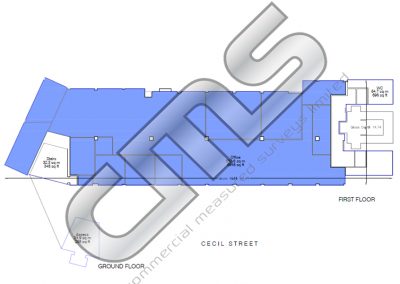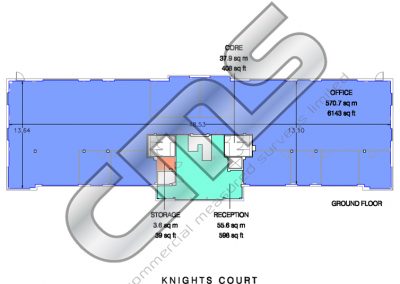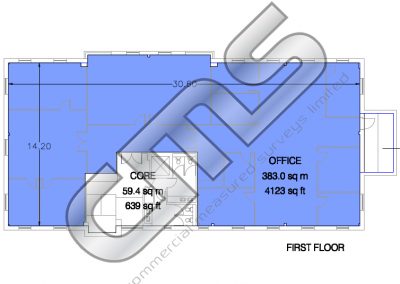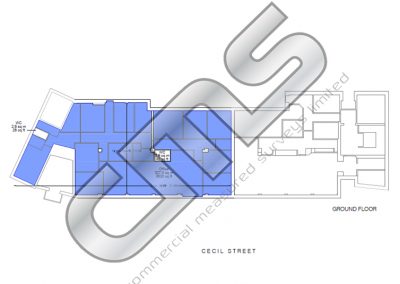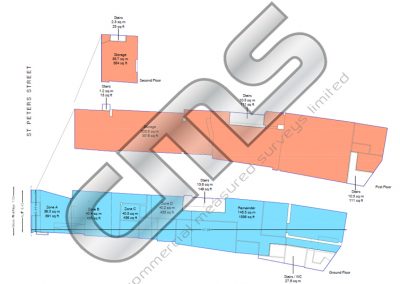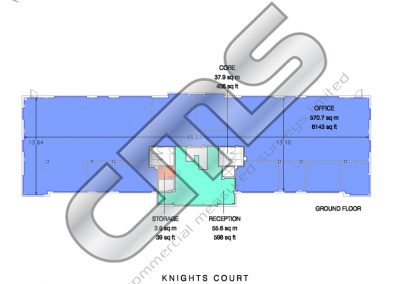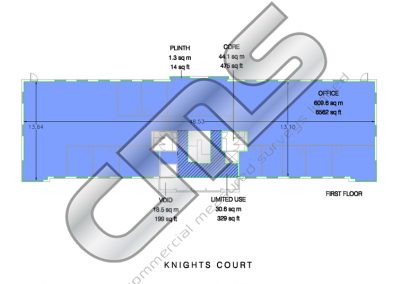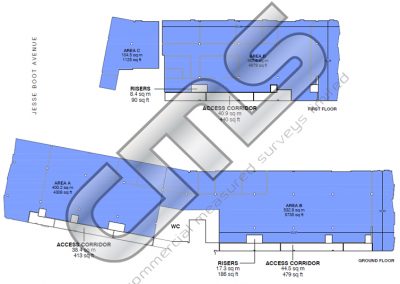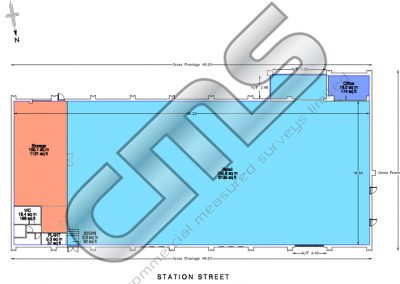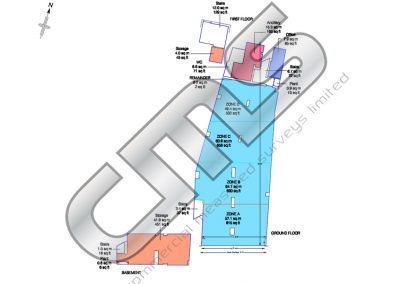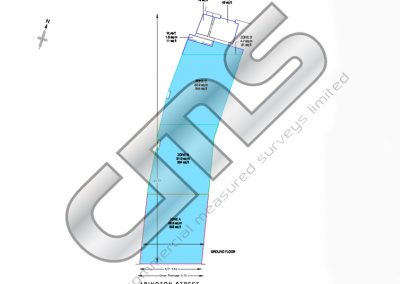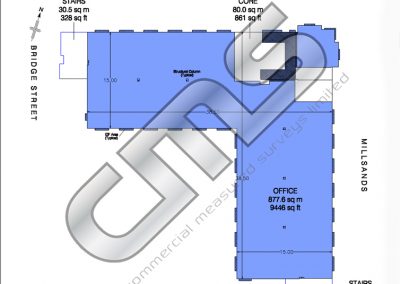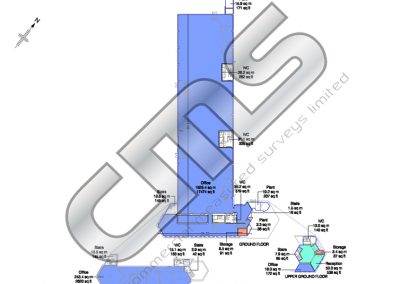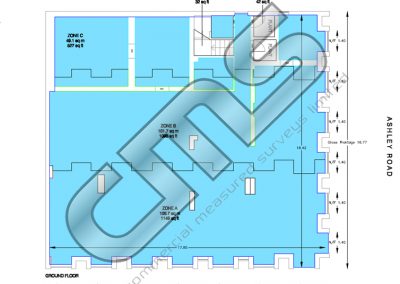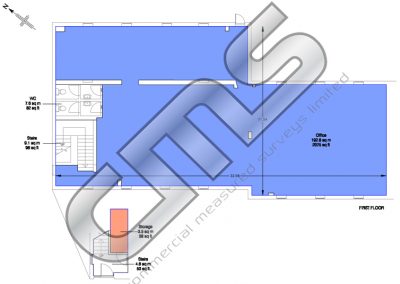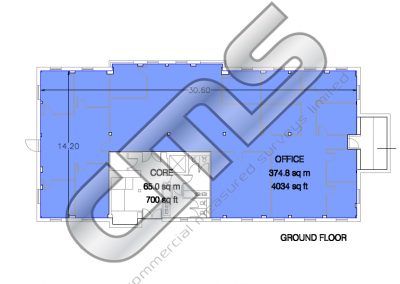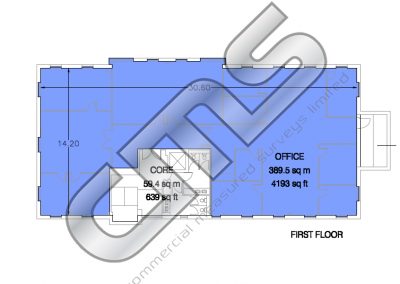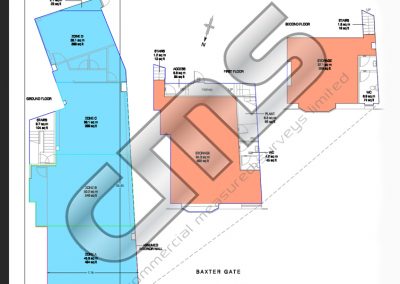Area Surveys ( IPMS / NIA / GIA / GEA / ITZA )
Commercial Measured Surveys offers a varied service when it comes to area surveys, IPMS, NIA, GIA, GEA, IPMS & ITZA. Our surveys can show the new IPMS standard as well as the older NIA RICS standard.
Our surveys can show the new IPMS standard as well as the older NIA RICS standard.
New to IPMS
IPMS 3 – Office is the floor area available on an exclusive basis to an occupier, but excluding standard facilities and shared circulation areas, and calculated on an occupier-by-occupier or floor-by-floor basis for each building.
- It is equivalent to the old measurement of net internal area and deals with those parts occupied by a tenant
- It can only be used for the measurement of offices
- IPMS 3 is used for measuring the internal area of a building in exclusive occupation, including internal walls and columns (previously excluded from net internal area)
- It can be used by parties such as agents, occupiers, asset managers, facility managers, property managers, researchers and valuers
- Standard facilities are included and excluded from the measurement (see below)
- It also includes some measurements that must be stated separately (balconies, covered galleries, rooftop terraces) as well as a new concept for members: internal dominant face.
Inclusions
All internal walls and columns within an occupant’s exclusive area are included within IPMS 3 – Office. The floor area is taken to the internal dominant face and, where there is a common wall with an adjacent tenant, to the centre-line of the common wall.
Exclusions
Standard facilities are those parts of a building that would provide shared or common facilities that typically do not change over time. Standard facilities may vary from floor-to-floor and will also vary according to how the building is occupied.
Retail Zoning
Zoning is a standard method of measuring retail premises to calculate and compare their value. It is used by both public and private sector surveyors.
Zoning as a method has been applied in the UK to the analysis of shop rents and properties for rating purposes since the 1950s.
Shop or retail premises are divided into a number of zones each of a depth of 6.1 metres – or 20 feet.
Zone A closest to the window is most valuable with the value decreasing with distance from the frontage: Zone B is the next 6.1 metres, then Zone C until the entire depth of the retail area is allocated to a zone – anything after Zone C is usually defined as the remainder.
The established valuation convention is to halve back from Zone A, with Zones B onwards assessed ‘in terms of Zone A’ (ITZA): Zone B =A/2; Zone C=A/4. Zone D, which is usually the remainder of the retail area after Zone C, is assessed as A/8 and any ancillary space will probably be valued as A/10.
Area Surveys Gallery – click images below to view the gallery.
Online Enquiry

Commercial Measured Surveys Limited

